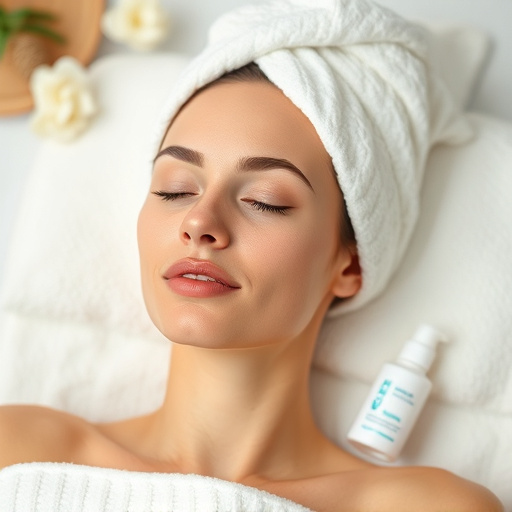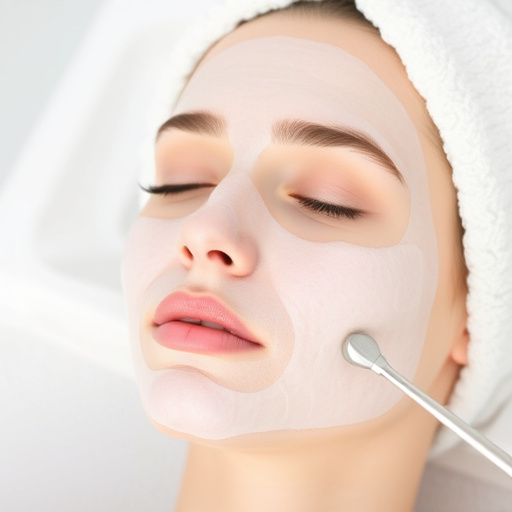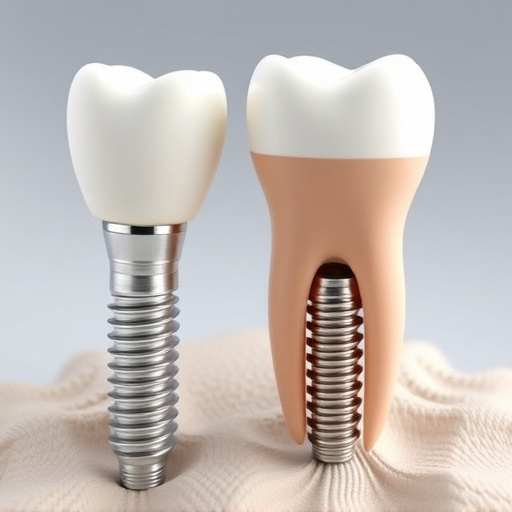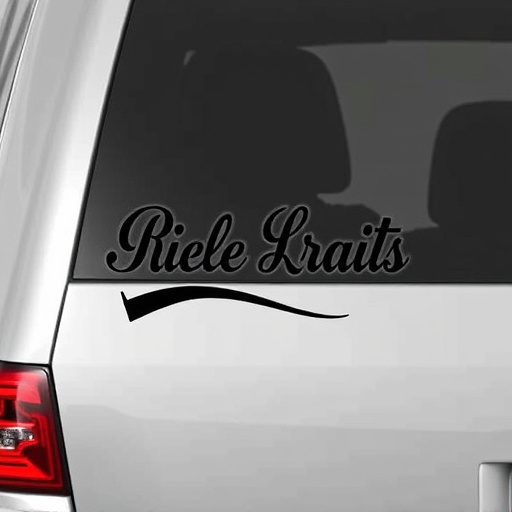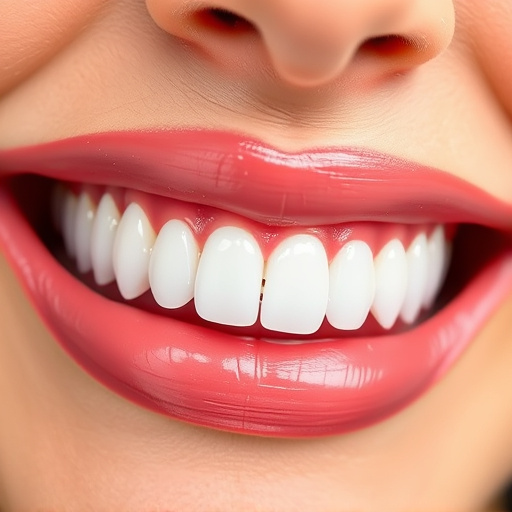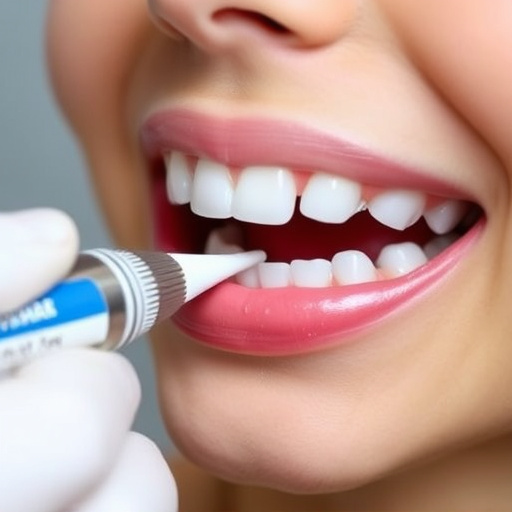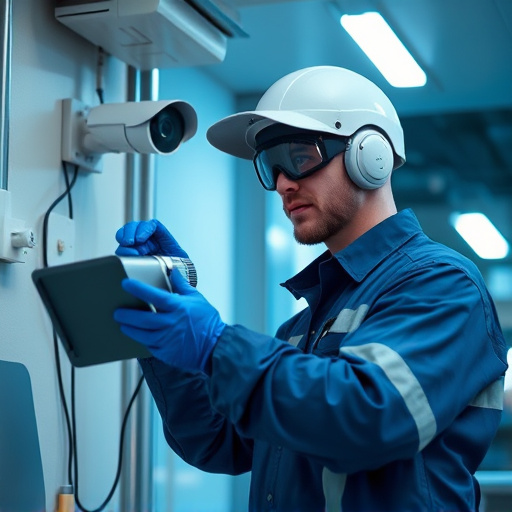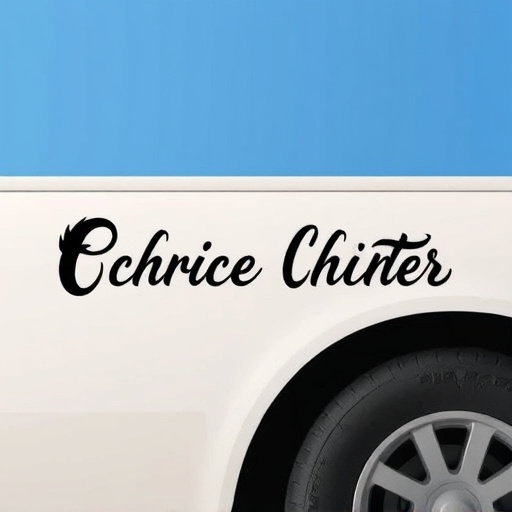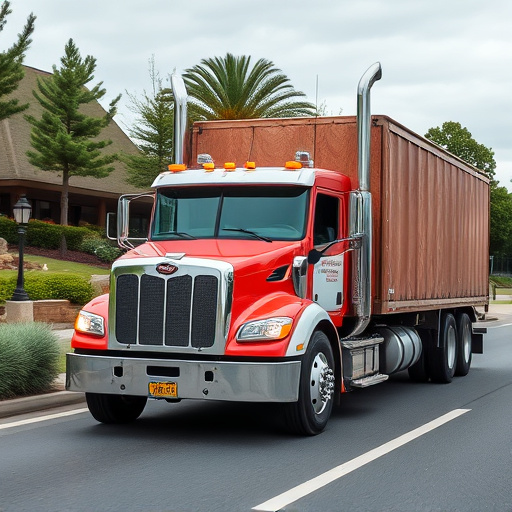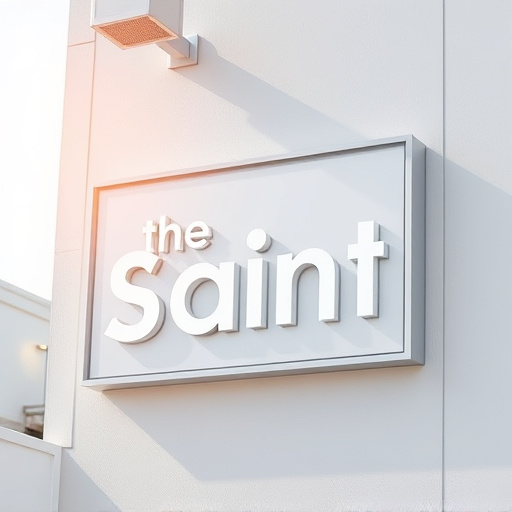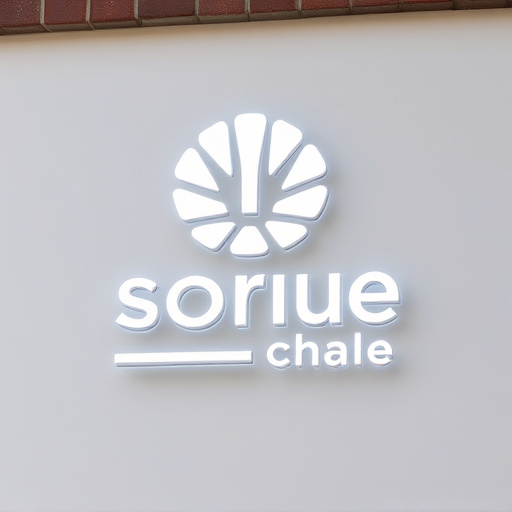Weather conditions significantly impact clear coat restoration, affecting clarity, quality, and longevity due to sunlight exposure, humidity levels, and temperature extremes. To overcome these challenges, restorers can employ protective solutions like paint protection film (PPF), strategically plan restoration during optimal weather conditions, and use specialized techniques for specific climates (e.g., ceramic coatings in sunny regions, water damage prevention in humid areas). Achieving top results requires a combination of meticulous paint correction practices and PPF/custom vehicle wraps to shield surfaces from environmental damage.
“Uncovering the intricate dance between weather and clear coat restoration—a process that can transform a vehicle’s exterior. This article delves into the science behind how various weather conditions influence the outcomes of clear coat restoration projects. From understanding atmospheric factors to exploring regional climates, we unravel the mysteries. Additionally, practical strategies are offered to navigate weather-related challenges, ensuring optimal results for those dedicated to restoring their vehicles’ glossy finishes.”
- Understanding Weather Conditions and Their Effects on Clear Coat
- The Impact of Different Climates on Restoration Outcomes
- Strategies for Achieving Optimal Results Despite Weather Challenges
Understanding Weather Conditions and Their Effects on Clear Coat
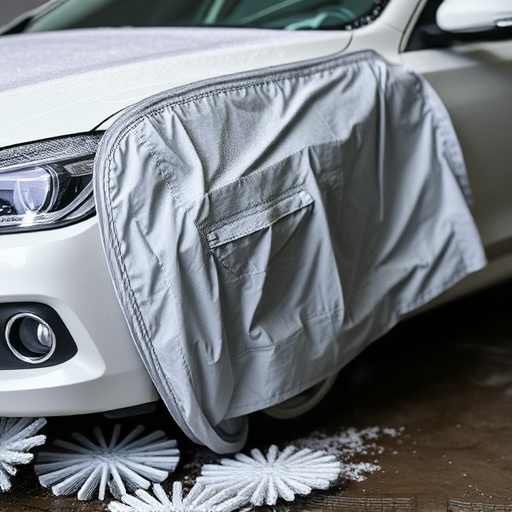
Weather plays a pivotal role in determining the success and longevity of clear coat restoration projects. Different atmospheric conditions can significantly affect the final results, from the sheen and gloss to the overall durability of the restored surface. Understanding how various weather elements interact with clear coats is essential for restorers to set realistic expectations and deliver optimal outcomes.
For instance, sunlight exposure is a double-edged sword. While it enhances the clarity and depth of the coat, prolonged UV radiation can degrade the material over time, leading to yellowing or fading. Humidity levels are equally critical; too much moisture in the air can cause the clear coat to become hazy or distorted, while dry conditions might result in cracking or flaking. Temperature extremes should also be considered, as rapid heating or cooling can cause stress within the clear coat layer, potentially leading to premature aging and damage. Protecting against these environmental factors is where solutions like paint protection film, vinyl wraps, or even scratch protection coatings come into play, ensuring the restored surface remains pristine for extended periods.
The Impact of Different Climates on Restoration Outcomes
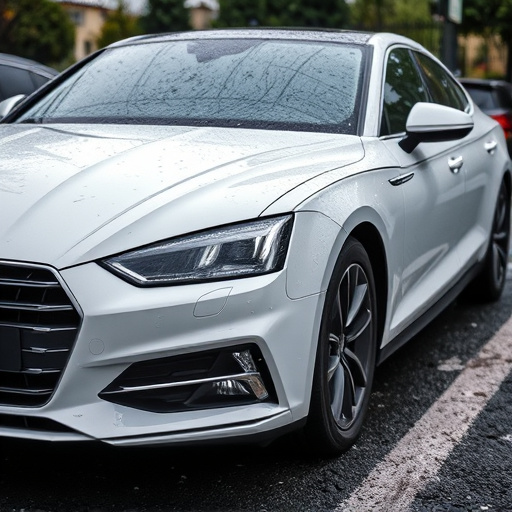
Different climates across the globe present unique challenges for clear coat restoration procedures. The varying weather conditions significantly influence the outcome and longevity of the restoration process. For instance, regions with frequent extreme temperatures can accelerate the degradation of clear coats, requiring more frequent maintenance and touch-ups. Conversely, humid climates may lead to water damage and moisture-related issues, necessitating specialized techniques for effective restoration.
In areas known for consistent sunshine, UV radiation becomes a significant concern. It can cause premature fading and yellowing of the clear coat, impacting its aesthetic appeal. As such, auto enthusiasts in these regions often opt for additional protective layers like ceramic coatings to enhance vehicle protection and maintain the glossy finish. The choice of restoration methods should thus be tailored to the specific climate to ensure optimal results in automotive detailing.
Strategies for Achieving Optimal Results Despite Weather Challenges
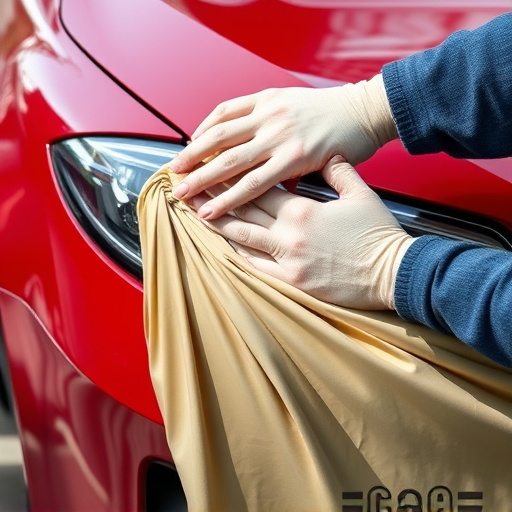
Achieving optimal results in clear coat restoration isn’t just about the technique; it’s also a battle against the elements. Weather conditions can significantly impact the outcome, so it’s crucial to implement strategies that mitigate these challenges. One effective approach is to time your restoration efforts wisely, avoiding periods of extreme heat or cold, high humidity, and heavy rainfall. These conditions can cause issues like premature curing, blistering, or uneven drying, all of which negatively affect the final finish.
Additionally, protecting your work with a paint protection film (PPF) or custom vehicle wraps can provide an extra layer of defense against environmental factors. PPF acts as a barrier, shielding the clear coat from UV rays, while wraps offer further protection from road grime and minor impacts. Employing these techniques in conjunction with careful paint correction practices ensures that your clear coat restoration stands the test of time, even in less-than-ideal weather conditions.
In conclusion, understanding how weather conditions influence clear coat restoration is paramount. The article has explored how varying climates can affect the outcome of restoration projects, from UV radiation’s degradation effects in sunny environments to the moisture levels that impact curing processes across different regions. By adopting strategic approaches, professionals can navigate these challenges and deliver optimal clear coat restoration results, ensuring lasting protection for vehicles despite the weather.
